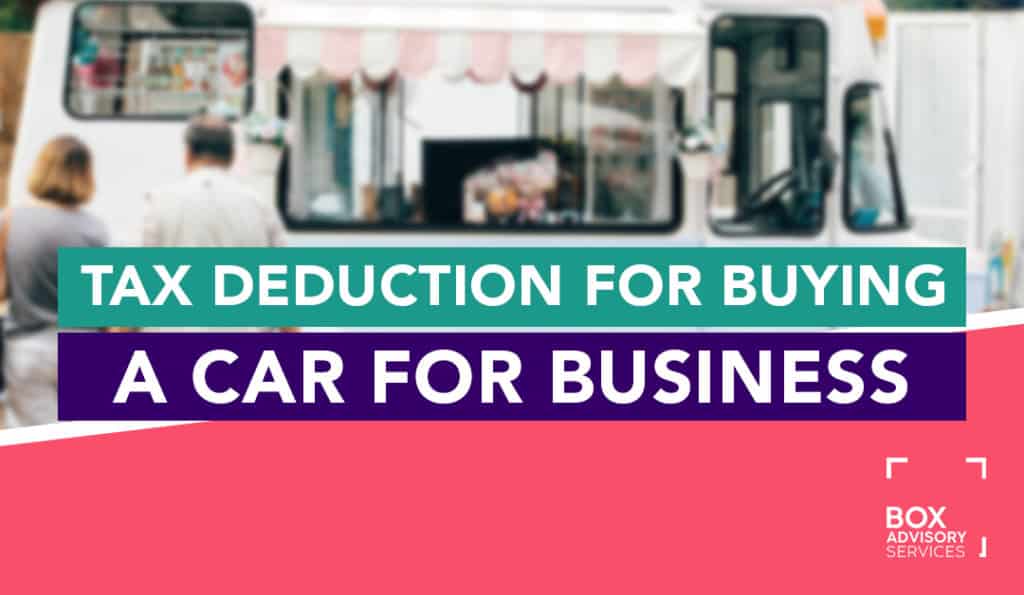
BY
|
Employee v Contractor: 10 Major Differences (And How to Avoid Being Taken Advantage Of)
Deciding on being engaged as an employee v contractor can be two very different things despite a lot of similarities.
This can have implications on tax, superannuation, minimum pay and employment laws that may be applicable depending on how a potential employer engages you.
With the emergence of the gig economy, contracting provides an alternative to traditional employment. Contractors can be engaged as a person, trust, partnership, company or through an agency. This can either be for ongoing work or to fill a need during a finite period.
You can also check out our Contractor Pay Calculator to determine how much you should charge as an hourly rate for your services.
Difference Between Employee v Contractor
Firstly, it’s essential to understand that merely calling someone a ‘contractor’ or having it written into a contract does not determine the relationship between you and the employer. Even if you have an ABN or a registered business name, this does not influence this determination between the relationship of the two parties.
To determine whether an individual is an employee v contractor by law requires the use of a common law test.
How Do You Determine If You Are An Employee or Contractor?
The common law test takes into account multiple factors that are weighed up to see where the balance lies. Below is a table that features several factors that are considered:
| Factor | Employee | Contractor |
| The measure of Control of Employer | The employer has the right to control the majority of how, when and where the employee performs work. These tasks are performed at the request of the employer. | The contractor works at their discretion, provided that the agreed outcome is achieved. |
| Delegation of Work | The employee is personally required to perform the role has no right to delegate the task unless authorised by the employer. | The contractor has the discretion to delegate any or all of the tasks to another person to perform the service. |
| Tools & Equipment | The employer generally supplies tool and equipment for the employer at the place of work. Employees are generally reimbursed for expenses personally incurred for performing the work. | The contractor generally provides their own tools and equipment. |
| Leave Entitlements | Employees are entitled to annual leave, long service leave and sick leave. | The contractor is not entitled to leave. |
| Hours of Work | The employee has set hours of work. | The contractor can set their hours of work as long as the outcome is achieved within the parameters of the contract. |
| Exclusivity | An employee works exclusively for the employer. | The contractor is free to provide services to multiple clients. |
| Risk & Responsibility of Faults | The employer is responsible for the outcome of the poor work of the employee. | The contractor is responsible for rectifying poor work at their own cost and effort. They may also bear the risk of loss incurred due to their poor work. |
| Payment | The employee is paid on a regular, ongoing period for their time. | The contractor is paid for services or completing work. They usually issue tax invoices with collecting payment. |
| Method of Engagement | Employees are engaged at an individual level. | Contractors are engaged through any number of entities such as through a sole trader, trust, partnership, company or agency. |
| Business | Employees work in the business of the employer. | The contractor operates its businesses independent of the employer. |
If you are uncertain as to whether or not you are considered an employee v contractor, the ATO website has an online decision tool used to check your circumstances.
Often, businesses and individuals use this result as a way of determining tax and superannuation purposes.
When is a Contractor Deemed to be an Employee for Superannuation?
Despite some individuals being engaged as contractors, this may not be relevant for superannuation legislation. You can be a contractor and still be entitled to superannuation paid by the business paying you contractor fees.
The Superannuation Guarantee (Administration) Act 1992 (cth) (SG Act) requires that employers make superannuation contributions for the benefit of employees. In the case of a contractor, this law would also apply:
‘If a person works under a contract that is wholly or principally for the labour of the person, the person is an employee of the other party to the contract.’
In addition to this, the ATO considers individual works under such a contractor where:
- The individual must perform the contractual work personally (there is no right of delegation)
- The individual is not paid to achieve a result
As you can see, the requirements for superannuation are strict and precise. Thus you can meet the requirements of being a contractor but still be entitled to superannuation.
Superannuation Guarantee Ruling SGR 2005/1 indicates explicitly that despite an individual who contracts using an ABN, they may still be considered an employee for the purposes of superannuation.
In cases where a company or trust is engaged and entered into an agreement, they are not an employee for the purposes of the SG Act.
What is Sham Contracting?
Sham contracting refers to businesses/employers who force individuals to be contractors with ‘sham contracts’ to avoid paying for employee benefits such as annual leave, sick leave or long service leave.
This is prohibited under the Fair Work Act 2009, and heavy penalties apply if businesses are caught.
Under the sham contracting provisions act, businesses are not allowed to:
- Claim an employee as an independent contractor, irrespective of what is in the contract
- Force an existing employee to become an independent contractor
- Terminate or threaten to terminate an employee who refuses to switch to becoming an independent contractor
- Terminate or threaten to terminate an employee in order for them to be engaged as an independent contractor to perform the same duties
- Mislead or misrepresent to an employee to influence them to perform the same duties as an independent contractor
Key Takeaways
Distinguishing between employee v contractor isn’t necessarily so straightforward. There is plenty of relevant legislation that is enforced under certain circumstances that businesses must be aware of before engaging an individual as a contractor or as an employee.
While outright sham contracting is due to the ill intentions of a business owner, there is a rise in negligence or naivete due to the growth of contracting opportunities for businesses.
If you are paying people and are not sure if they are employees vs contractor, you could be liable for penalties and charges for not meeting employer obligations and super requirements.
No matter your situation, we recommend that you complete the online decision tool on the ATO website to accurately determine your position. If you are still uncertain or need further advice, Box Advisory Services’ team of contractor accountants can assist you further and assess you based on your individual situation. Book in a free 45-minute initial consultation with us today.
Sign up to our monthly newsletter where we share exclusive small business and contractor advice!
Disclaimer:
Please note that every effort has been made to ensure that the information provided in this guide is accurate. You should note, however, that the information is intended as a guide only, providing an overview of general information available to contractors and small businesses. This guide is not intended to be an exhaustive source of information and should not be seen to constitute legal or tax advice. You should, where necessary, seek your own advice for any legal or tax issues raised in your business affairs.



